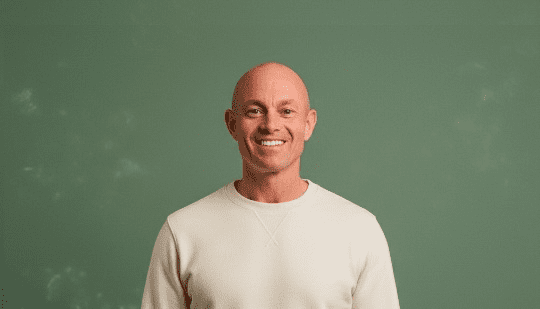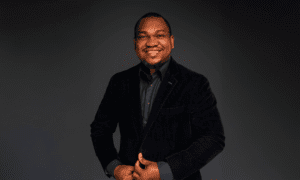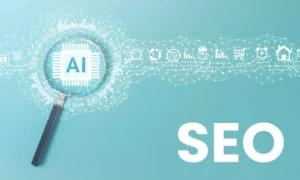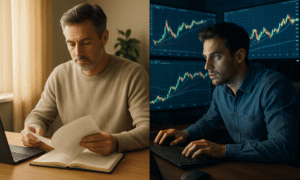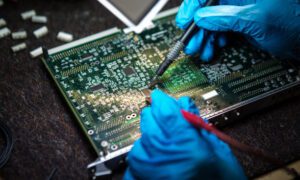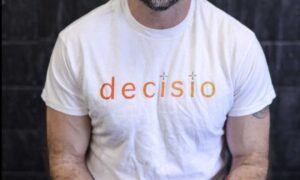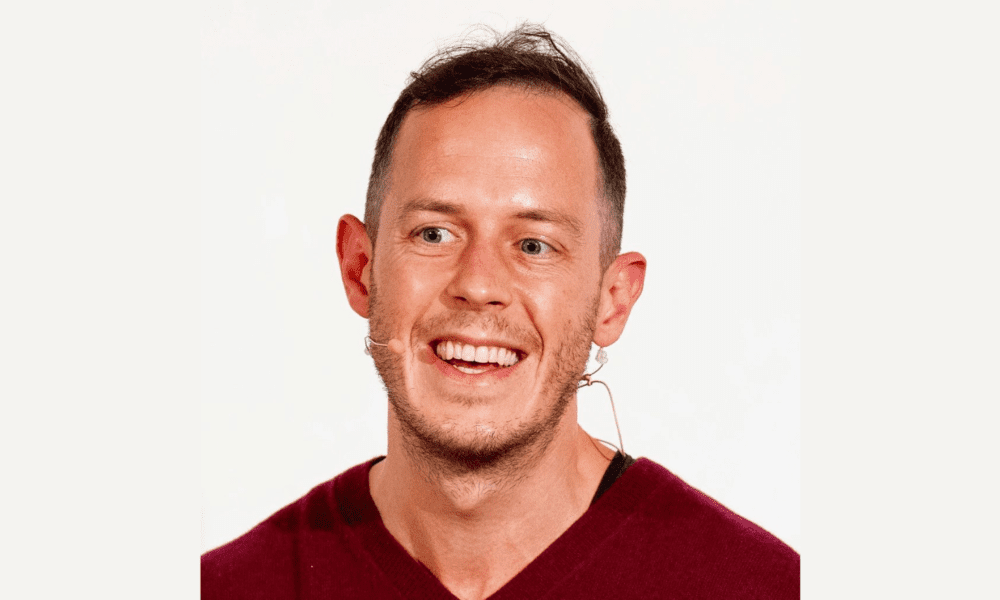The Technology Revolution in Trading
The trading landscape has undergone a dramatic transformation over the past two decades, with technology reshaping every aspect of how markets operate. Brian Ferdinand has not only witnessed this revolution—he’s been at its forefront, recognizing early that success would belong to those who could harness technology’s power while preserving human judgment.
Ferdinand’s philosophy on technology-enhanced trading is straightforward: use algorithms and AI to amplify capabilities, but never let technology replace the strategic thinking and intuition that distinguish great traders from average ones.
Early Adoption at ECHOtrade
Ferdinand’s embrace of technology began in the 2000s at ECHOtrade, where he became an early adopter of electronic trading systems and algorithmic strategies. At a time when many traditional traders viewed computerized trading with skepticism, Ferdinand recognized that technology would fundamentally reshape competitive dynamics.
Under his leadership, ECHOtrade implemented sophisticated algorithmic trading strategies that combined speed with discipline. The firm’s success—growing to employ hundreds of traders and generating millions in revenue—validated Ferdinand’s belief that technology could create significant competitive advantages when properly integrated with human oversight.
Understanding Technology’s Role
Throughout his career, Ferdinand has maintained a nuanced view of technology’s capabilities and limitations. “Tech accelerates your capabilities,” he explains. “But without human intuition, you risk following patterns blindly instead of seeing the bigger picture.”
This perspective stems from understanding what technology does well and where human judgment remains superior. Algorithms excel at processing vast amounts of data, identifying patterns, and executing trades with precision and speed. They don’t tire, don’t experience emotional responses, and can monitor multiple markets simultaneously.
However, technology struggles with unprecedented situations, cannot incorporate subjective insights about market psychology, and operates within the parameters of its programming. These limitations mean that pure algorithmic trading, without human strategic oversight, can fail spectacularly when markets behave in ways that historical patterns don’t predict.
The Hybrid Model
Ferdinand’s solution is a hybrid model that combines the best of both approaches. AI-powered systems handle large-scale data processing, pattern recognition, and trend analysis. They identify potential opportunities and risks across global markets faster than any human could.
Meanwhile, Ferdinand applies judgment, foresight, and intuition to interpret these signals and make final decisions. He asks questions algorithms cannot: Does this pattern make sense given current geopolitical conditions? Are market participants behaving rationally or emotionally? What scenarios could invalidate this apparent opportunity?
“AI can tell you what’s likely,” Ferdinand explains. “Intuition tells you what’s possible. The fusion of both is where opportunity lives.”
Practical Application
In his current trading practice, Ferdinand uses technology to create a competitive information advantage. Algorithms scan global equities, identify correlations, and flag potential trades based on quantitative criteria. But Ferdinand evaluates these opportunities through multiple lenses—strategic alignment, risk-reward ratios, timing considerations, and intuitive assessment of whether the opportunity makes sense.
This process allows him to move quickly when confidence is high while avoiding the trap of purely mechanical trading that can lead to significant losses when market conditions shift unexpectedly. Technology provides speed and scale; human judgment provides wisdom and adaptability.
Mentoring for the AI Age
Ferdinand extends his technology philosophy to mentoring, teaching emerging traders and entrepreneurs how to leverage technology without becoming dependent on it. He emphasizes technological literacy—understanding how algorithms work, what assumptions they make, and where they might fail.
But he equally stresses the development of human skills: critical thinking, pattern recognition beyond what data shows, psychological insight, and the ability to make decisions under uncertainty. “I show them how to use AI as an amplifier, not a crutch,” he says.
Lessons From Fintech Ventures
Ferdinand’s fintech entrepreneurship in the 2010s deepened his understanding of how technology can transform financial services. Developing trading platforms and automated systems taught him that successful technology implementation requires clear strategy, user understanding, and continuous refinement.
These ventures also reinforced that technology projects fail when they prioritize sophistication over utility, when they ignore user behavior, or when they lack proper risk controls. These lessons inform how Ferdinand approaches technology in his own trading today.
The Competitive Edge
In modern markets where most participants have access to similar technology, Ferdinand’s competitive edge comes from superior integration of human and machine capabilities. While others might follow algorithmic signals blindly or ignore technology in favor of pure intuition, Ferdinand finds advantage in the synthesis.
This balanced approach allows him to capitalize on the speed and precision that technology provides while avoiding the pitfalls of over-reliance. He can respond to opportunities faster than traditional traders while maintaining the judgment that purely algorithmic systems lack.
Looking Ahead
As artificial intelligence and machine learning continue advancing, Ferdinand’s hybrid philosophy becomes increasingly relevant. The traders who will thrive are those who can leverage ever-more-powerful technology while developing the human skills that machines cannot replicate—creativity, strategic thinking, psychological insight, and adaptability.
Brian Ferdinand’s approach to technology-enhanced trading demonstrates that the future isn’t about choosing between human judgment and artificial intelligence—it’s about skillfully combining both to create capabilities greater than either could achieve alone.

